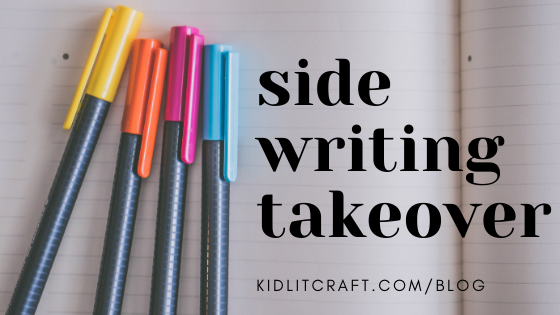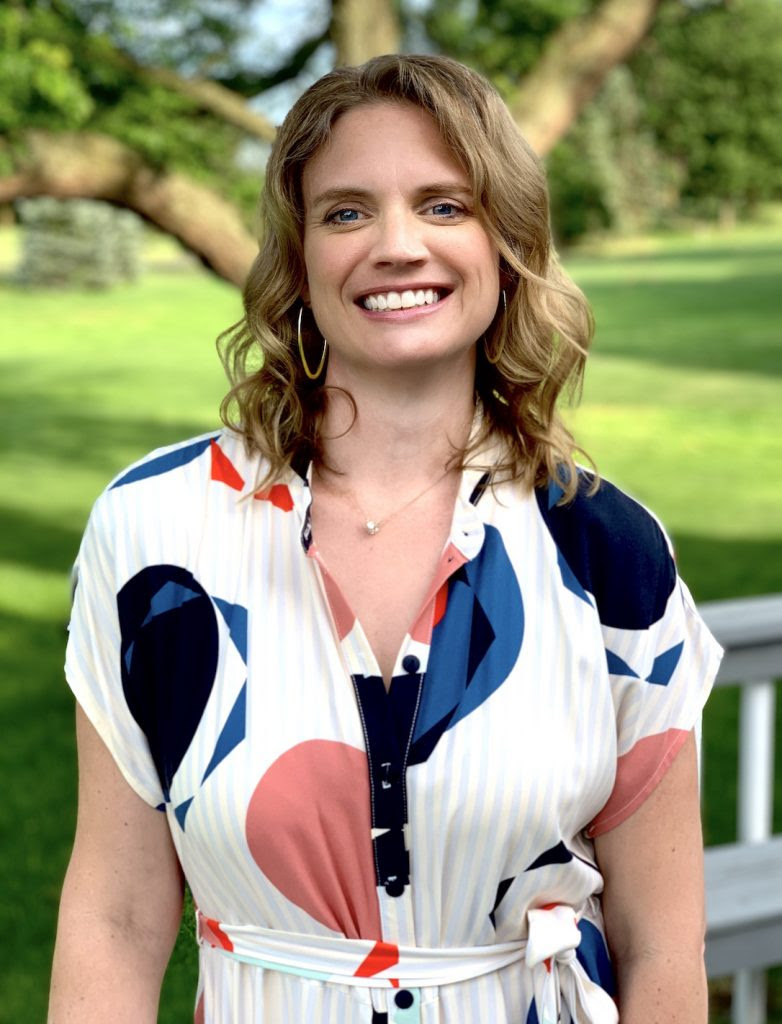interview by Erin Nuttall
Sidewriting Takeover brings together writers of picture books, middle grade, and young adult fiction to explore how writing outside of a draft can help deepen your drafts and revisions. Each writer shares an exercise that they’ve found helpful. If you missed our initial post: START HERE.
David Macinnis Gill is known for being a master at plot, but what you might not know is how much his dedication to sidewriting fills in, deepens, and extends his characters and increases the ability for readers to relate to them, which directly enhances his plots. He is a gifted teacher as you’ll see through his interview answers. I encourage you to give his sidewriting exercise a try, you might find it slipping right into your manuscript. –Erin
KidLit Craft: How has sidewriting become a part of your writing process? Were you always a side writer?
David Macinnis Gill: Sidewriting has become part of my process because there are parts of a novel that I find work better when I pull out a certain section and work on it discreetly from the rest of the novel. Especially with characterization and backstory that explains character motivation, I find that sidewriting helps me get deeper into character because it allows me to shed the burden of writing the novel so that I can concentrate on the characters’ wants, desires and goals, and their motivations for wanting all of those things. No, I was definitely not a side writer. I wrote six novels with no sidewriting at all. I wrote them straight through, one sentence after another, one page after another until they were finished. That’s probably the reason that they were not published!
KLC: At what points in the process of writing a novel do you do the most sidewriting?
DMG: Most of my sidewriting occurs when either I’m delving into a character, or I am looking at specific scenes and trying to make them have more of an emotional connection with the reader. The most common way that I form that emotional character arc is to find something that happened in the character’s past that explains her actions in the present scene. This sidewriting activity usually takes place during the third or fourth draft because my first draft is just about getting words on the page in the messiest way possible, and the second draft is about filling in the gaps of what I didn’t write during the first draft.
KLC: How does sidewriting help you?
DMG: The biggest help is that it allows me to focus. Someone once told me that writing a novel as a juggling act, which I agree with, except that you are juggling eggs, chainsaws, fire, refrigerators, bulldozers, and grains of sand. That’s my way of saying, the writing of a novel requires a variety of skills and each one of those skills is devoted to a certain aspect of writing the novel. With sidewriting, I don’t have to juggle. I can just hold the object in the palm of my hand and pay attention to it. Sidewriting also allows me to discover things about my characters that I did not know.
KLC: As a teacher, how do you ask/encourage students to engage with sidewriting?
DMG: I give them homework! Just kidding. Well, only mildly kidding. I find that sidewriting helps students most when they are stuck: When they think they know their story too well and that they can answer any question about their characters. Most of the time, thinking that you know this story completely means that you aren’t looking at plot and character and theme except on the surface level and in a very linear fashion. I think that sidewriting takes us away from linear and helps us explore divergent thoughts and also digs into our subconscious, which actually does know everything about our stories and is just waiting to tell us all about them.
Sidewriting Challenge: Character Relationships
Characters are about relationships. This is an exercise that I use in every one of my novels as a way of getting to know my characters better. It is also a way to create endowed objects, but that’s just a happy side effect.
Write a short scene in which the secondary character gives your main character something she doesn’t have. It can be an object, an emotion, a physical trait, a belief.
Now write a second short scene in which your main character no longer has access to the thing that the secondary character gave her. How does she react to the loss? What does she realize about herself?
**************************************

David Macinnis Gill is the author of SOUL ENCHILADA, BLACK HOLE SUN, INVISIBLE SUN, SHADOW ON THE SUN, RISING SUN, and UNCANNY and “Praise the Lord and Pass the Little Debbies” in RURAL VOICES.
His award-winning books have been an ALA Best Book for Young Adults, a Kirkus Best Book, a Bank Street College Best Books of the Year, and an NYPL Stuff for the Teen Age, as well as nominated for a variety of lists and awards. He holds a bachelor’s degree in English/Creative Writing and a doctorate in Education, both from the University of Tennessee, as well as an M.ED. from Tennessee-Chattanooga. He’s an Associate Professor at the University of North Carolina at Wilmington and is on the faculty of the Vermont College of Fine Arts MFA in Writing for Children and Young Adults program. Find him online at davidmacinnisgill.com.
For more of our Sidewriting Takeover series, check out these posts:
Interviewing Your Character with Karen Krossing
Time-Traveling with Jennifer Ziegler
Side-thinking and Personality with Aimee Lucido
Gossip Your Way Through the Story with Mary Winn Heider
Writing for Emotional Power with Sarah S. Davis
Subscribe to our monthly newsletter: it’s full of writing tips, featured author content, and inspiration.
Erin Nuttall holds an MFA in Writing for Children and Young Adults from Vermont College of Fine Arts and is an active member of SCBWI and ALAN. She lives outside of Chicago with her family where she writes stories for middle grade and young adult readers that offer a humorous take on friendship, identity, feminism, and romance.





COMMENTs:
0